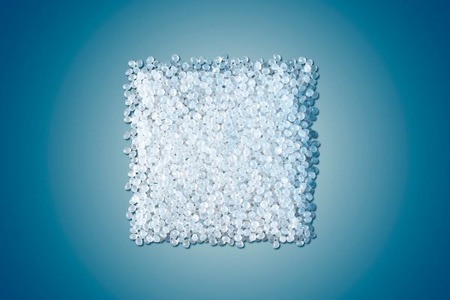
Finland working to return large volumes of waste to textile production
YarnsandFibers News Bureau 2014-08-13 12:00:00 – FinlandVTT Technical Research Centre of Finland is currently developing methods for handling large quantities of textile waste material. New and efficient methods will be able to recover cellulose molecules, providing one way of resolving the limitations soon to be placed on the use of landfill sites. Such methods will also serve to promote the efficient use of materials. The liquefying of textile waste offers the opportunity to return large volumes of waste to textile production.
According to Research Professor Ali Harlin of VTT Technical Research Centre of Finland, although reuse of textiles and mechanized recycling methods ease the burden on the environment, the textile mass also includes material in poor condition or heavily soiled, limiting the opportunities for recycling. The new methods multiply the utilization possibilities.
Large-scale solutions to the problem are already being developed in Finland: fabric as good as or better than the original can be obtained by using solvents to break down worn out and even heavily soiled textiles.
VTT is developing methods for restoring worn-out fibre to good-as-new condition. Research scientists are currently working on methods for separating the cellulose molecules contained in textile waste, such as cotton, using efficient and environmentally friendly solvents.
Even the molecules of old and worn fibre qualify for reuse. The fibrous components of worn fabric can be separated and returned to textile production as raw material. The end result can be a product of equivalent quality to the original, or even better.
VTT, Aalto University and Tampere University of Technology are together developing new recycled textile fibres in the Design World of Cellulose project, a major technological opening of Tekes - the Finnish Funding Agency for Technology and Innovation.
Several methods exist for dissolving cellulose, and these have seen notable development over the past decade. One example of such a method is Aalto University's Ioncell-F, which uses ionised solvents developed together with the University of Helsinki. VTT's role in the project covers cleaning the textile mass and preparing the cellulose in a suitable form for solvent application, while Aalto University develops the spinning processes.
VTT is developing methods for the recycling, decolouring, bleaching and dissolving of textiles. Textiles are fed into the process both intact and as loose scraps. Colour is then removed and the solubility of the cellulose increased. After the application of solvents and removal in solution, the recovered cellulose is then spun into fibre. The remaining fibrous material is normally polyester, which can be melted down and used in the preparation of fibres and composites.
The manufacture of hygiene products and technical textiles will be possible in the very near future because the solvent, after decolouring, is also applicable in the recycling of pulp, for example from waste packaging. The manufacture of clothing textiles will take a little longer, but in any case this will not represent a major change for the textile industry, said Research Professor Ali Harlin from VTT.
VTT is developing treatment methods for waste textiles in cooperation with Aalto University, SP Technical Research Institute of Sweden, Tampere University of Technology and others.
Textile production has often made use of rags, especially in times of shortage. These are recycled, torn and carded for reuse. Earlier methods, however, have been unable to cope with fragile and often heavily soiled fabric, leading to significant wastage in material
According to Anna-Kaisa Auvinen, Managing Director of Finatex – the Federation of Finnish Textile and Clothing Industries, textile recycling saves virgin raw materials for products with higher production value. The prerequisite for functional recycling is a system that recovers textiles efficiently with regard to environmental considerations. It is important to incorporate recycling early, at least at the planning stage. The best result will be achieved when the textile and clothing industry, consumers and other stakeholders work together to build a voluntary and practical recycling system. They have gathered the key actors around the same table with the intent of developing the solution to Finland's textile recycling.
Finland consumes around 70,000 tonnes of clothing and household textiles each year. Estimates suggest about 30% of consumption is reused, with about 14% sent for recycling.
Finland, as with other countries in the EU, must take decisions on the future treatment of textile waste. The EU Directive set in 1999 contains quantitative restrictions for phasing in with regard to biodegradable waste deposited at landfill sites. The practice of taking textile waste to landfill sites will be brought to an end by regulations entering into force in Finland on 1 January 2016.
Market Intelligence
Ask for free sample Report

experience
Customer Base
dedicated team
Countries Served Worldwide









